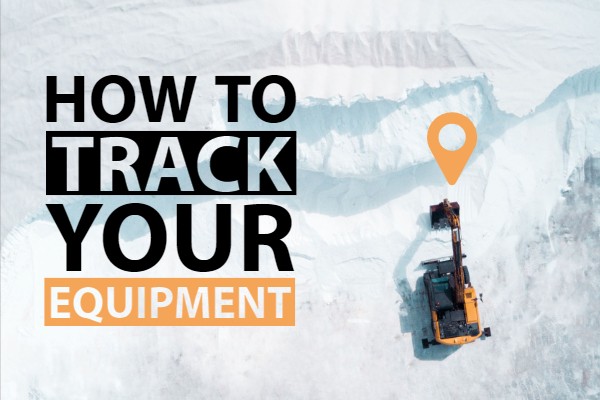ELDs or Electronic Logging Devices are fairly new to the trucking world. Some people love them, others wish they never existed. But regardless of where you stand on the matter, you cannot deny that ELDs don’t have any benefits. Their primary uses include monitoring other driving habits in addition to driving hours, but that’s not all they’re useful for! Let’s dig a little deeper into the benefits of an ELD together…
Do ELDs Improve Fleet’s Safety?
It comes as no surprise that 90% of accidents are influenced by driver behaviour. By using the driver coaching features that ELDs offer, driving habits can be made safer and reduce the likelihood of accidents occurring. Things like speeding, harsh braking or acceleration, and optimized routes can be easily tracked by ELDs and help to monitor drivers. These features allow future employers to have a track record of how the driver performed and was rated for safety – allowing fleet managers to hire the safest drivers and keep the roads free of accidents.
How not to drive trucks and cars:
(PS: Maintain those good driving habits people!)
Less Paperwork with ELDs
ELDs allow companies to go paperless, leaving no room for human error. They allow drivers to save time by not having to go through the tedious process of logging their hours individually. With ELDs, the need for drivers to fill in their logs by hand and have them faxed while they are on the road is eliminated. Without ELDs, inspections take longer because of the paperwork that has to be searched through to find errors or HOS violations. This leads to drivers waiting… and waiting……..and waiting…
But with ELDs, clear logs provide the information needed instantly, helping the repair shop identify the issue and help get the driver back on the road in no time! With the ability to monitor maintenance alerts, drivers can catch faulty issues before they become an even bigger, more time – consuming problem. Less time at a repair shop = more time on the road.
$ How ELDs Save Money?
With features such as driver coaching, another benefit of an ELD is it helps business save money. Why you ask? Believe it or not, 30% of fuel costs are influenced by driver behavior. Fear not however, because driver coaching features can actually help to improve fuel efficiency by up to 12% and reduce fuel usage by 18%! Another way ELDs help businesses save money is by optimizing the shortest routes for reduced fuel costs.
More on driver coaching, did you know distracted driving that leads to accidents impacts businesses in more ways than just inconvenience? It’s true. An accident drains a companies wallet in terms of legal expenses, for the driver and anyone else involved, as well as downtime and any replacement costs.
By keeping tabs on drivers and their activities, companies can save on costly federal audits with HOS data that’s more reliable than reports written by people. (Hey, we’re human – mistakes happen!) ELDs are also able to provide maintenance reports, this comes in handy when a driver knows about a problem before they get sidelined, and have to spend more money on last-minute repairs as well as downtime.
Optimization is incredibly important in any business. By having the right tools to retrieve data that can reveal areas where a business has been lacking and can improve previously unknown inefficiencies, it can be a surprise to see how much can be saved financially.
Click here to see our fully FMCSA compliant, easy to use ELD solutions
Like this blog? We have more!
Who Needs ELDs & Who is Exempt?






